3 Keys to Overcoming Email Overload - an Introduction
Do you struggle with information and email ‘overload’?
Email is the #1 productivity killer in the modern workplace. It occupies 2.6 hours a day, but 25% of this time is unproductive.

And volumes are increasing, despite the rise and rise of social media and other collaborative tools. More and more, email has taken over your day, your week, your work, your life!
This series of blog posts have been designed to help you recognise the profound and far-reaching impact email overload has in your life and offer solutions to help you overcome the challenges it presents.
The aim is to restore email to its rightful place as a facilitator of improved productivity, so that you are the master and it is the slave (rather than the other way round).
What is information overload?
Information overload can be defined as the state of having more information available that one can readily assimilate (ie: when it is difficult to absorb the information into your existing base of knowledge).
The New York-based research company Basex defines it this way;
“Information overload describes the excess of information that results in the loss of ability to make decisions, process information and prioritise tasks”.
It is a symptom of our ‘high-tech’ age and comes from such sources as TV, radio, internet, newspapers and magazines as well as wanted and unwanted phone calls, instant messages, social network messages, text/SMS messages, faxes, web searches and e-mails.
Information overload can also be referred to as:
Info-stress
Techno-stress
Data Smog
Infomania
Info-fatigue
Infobesity
‘Information overload’ was a term coined by American sociologist and futurologist Alvin Toffler in his 1970 book Future Shock. Toffler argued that society is undergoing an enormous structural change, a revolution from an industrial society to a "super-industrial society". He asserts that this change will overwhelm people, the accelerated rate of technological and social change leaving them disconnected and suffering from "shattering stress and disorientation"; what he termed ‘future shocked’.
His definition of Future Shock can be summed up as “too much change in too short a period of time” and in a discussion of the components of such shock, he also used the term “information overload”.
Nowadays, e-mail is a major source of information overload (research says 66% comes via email), as people struggle to keep up with the rate of incoming messages. The problem lies in that e-mail is either responded to immediately or is ignored for days at a time – the ‘Now or Never’ paradigm (ie: people look at and respond to incoming email immediately or they never get back to it).
What can you do to overcome ‘overload’?
In essence, there are 3 keys to overcoming information and email overload. These 3 key steps are;
Decrease frequency
Reduce volume
Increase speed
This 3 step structure is based on the excellent article by Timothy Ferris in his manifesto on The Low Information Diet: How to Eliminate Email Overload & Triple Productivity in 24 Hours.
This series of blog posts will look into the issue of information and email overload, the surprisingly profound impacts it has on work and personal life, and some direction, ideas and tips on how you can address it.
The next blog post will look at the history of information overload . . .
All the best.
